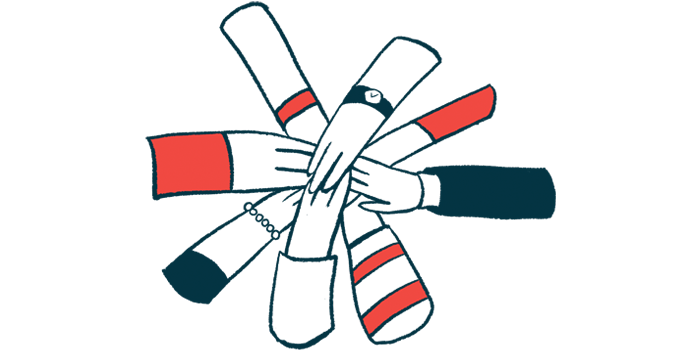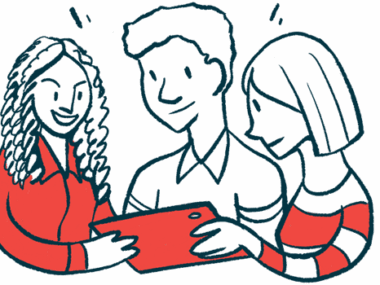IndoUSrare Hopes to Promote Global Efforts in Rare Disease Research
US organization seeks to foster collaborations between West, Indian subcontinent
Written by |

IndoUSrare, a U.S.-based humanitarian organization, is working to build international connections between scientists to accelerate research that aims to improve care for people affected by rare diseases, such as AADC deficiency.
“The solution to the considerable economic and social challenges presented by rare diseases is global collaboration. The problem is too significant, and data is too rare for individual countries to tackle it effectively,” the organization states in a press release.
IndoUSrare wants more people of Indian descent included in research studies
IndoUSrare’s main focus is on promoting collaborations between researchers in the U.S. and other Western countries, and their counterparts on the Indian subcontinent to include more people of Indian descent in research efforts and clinical trials. The Indian subcontinent includes India, Pakistan, Bangladesh, Bhutan, Nepal, and Sri Lanka.
By fostering this kind of collaboration, the organization seeks “to improve equity, inclusion, and access to life-saving therapies for rare disease patients of every age and around the world,” the release states.
Although rare disorders like AADC deficiency are individually uncommon, there are thousands of “rare” conditions, and that adds up — hundreds of millions of people are thought to live with rare diseases around the world, though many are never accurately diagnosed.
There isn’t a lot of published data for many rare diseases, which can make it difficult for clinicians to accurately identify and care for these conditions. Even when rare disease patients can get an accurate diagnosis for their condition, they frequently have limited treatment options.
Still, analyses of previous studies showed that direct medical costs for rare disease patients can also be very high ($768 billion) and comparable to the cost for all other healthcare conditions combined ($880 billion).
People with rare diseases may also have high direct non-medical costs, such as caregivers, and indirect costs such as early retirement, IndoUSrare noted. In addition, rare diseases can take their toll on emotional and mental health.
The solution to the considerable economic and social challenges presented by rare diseases is global collaboration. The problem is too significant, and data is too rare for individual countries to tackle it effectively
The organization also emphasized that different governments use different criteria to determine which conditions are considered “rare,” which leads to “confusion and creates inconsistencies in diagnosis and treatment access.”
InduUSrare believes that global data sharing and collaborative research are the solution to address the considerable therapeutic, economic, and social challenges associated with untreated and unidentified rare diseases.
Among its efforts, the nonprofit organization is advancing a Corporate Alliance where it is partnering with life science companies who sign on to the organization’s mission: “educate, empower and advocate for patients with rare diseases in the United States, India, and globally by fostering collaboration and filling critical gaps towards accelerating diagnostics and therapies.”






